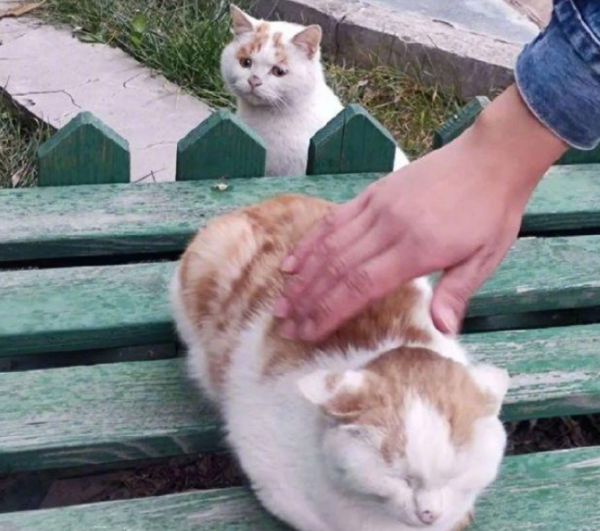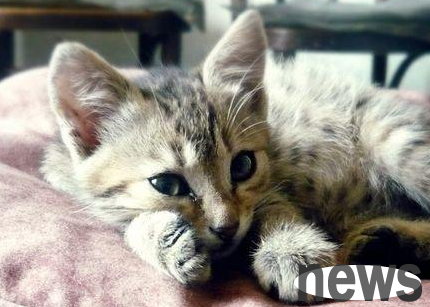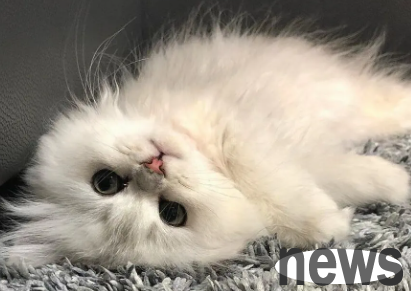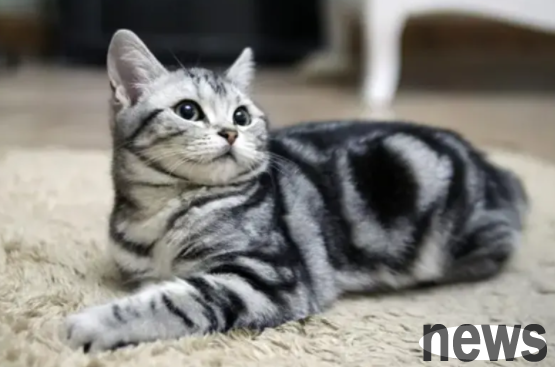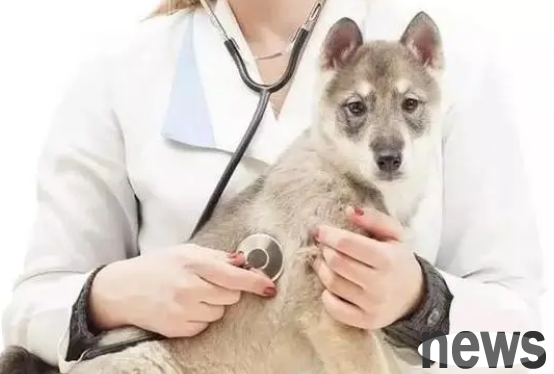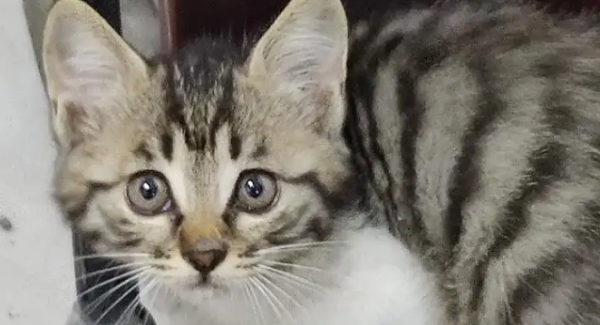What are the symptoms of cat sub-health?
As one of the faithful companions of humans, cats usually show traits of liveliness, curiosity and independence. However, sometimes they may also develop sub-healthy states, showing some unusual behavior or physical condition. Here we will explore the various manifestations of cat sub-health, helping owners better understand and identify possible health problems in cats, and take appropriate measures to care and treat.
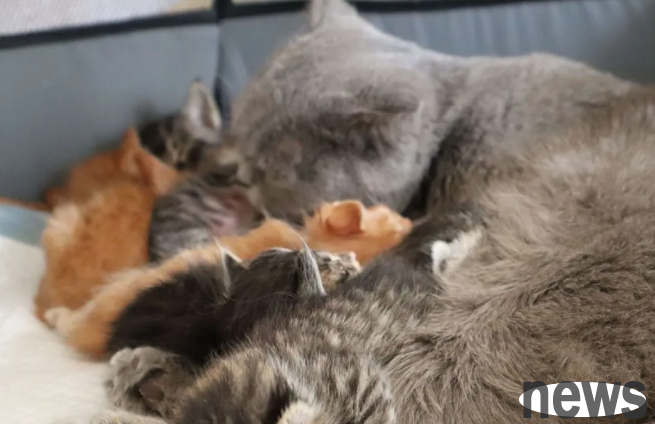
1. Changes in appetite and water consumption
Cats' dietary habits are usually an important indicator of their health status. Here are some signs that may indicate a change in cat's sub-healthy appetite and water consumption:
Loss of appetite: Sudden reluctance to eat or significantly reduce food, which may be a sign of some disease or discomfort.
Increased water consumption: Abnormal excessive drinking may suggest potential problems such as diabetes, kidney problems, or hyperthyroidism.
These changes usually require close observation by the owner, especially if accompanied by other abnormal behaviors or symptoms, seek medical attention in time.
2. Mental state and behavior changes
The mental state and behavior of a cat can usually reflect changes in its overall health, especially the following aspects:
Depression or depression: manifested as taciturn, hiding, or reduced interaction with its owner, which may be a reaction caused by disease or environmental stress.
Exceptional excitement or anxiety: a manifestation of overactive, uneasy, or anxiety that may imply discomfort caused by pain, discomfort, or environmental changes.
These changes may be a manifestation of an imbalance in the cat's physical or emotional state, and the owner should pay attention and seek advice from the veterinarian in a timely manner.
3. Hair and skin problems
The hair and skin status of a cat can reflect its overall health and resistance. Here are some common sub-health manifestations:
Sparse or increased hair loss: In addition to the hair change period, abnormal hair loss may be related to malnutrition, skin problems, or internal diseases.
Dry or itchy skin: Dry, redness, or frequent scratching of the skin may be a sign of skin inflammation, parasitic infection or allergies.
Owners should regularly check the cat's skin and hair condition, detect abnormalities in a timely manner and treat them.
4. Weight changes and physical condition
Weight changes and some physical conditions in cats can often indicate the existence of health problems, especially:
Weight gain or loss: Uncontrolled weight changes may be related to metabolic problems, endocrine disorders, or digestive system problems.
Changes in posture and movement: abnormal posture, difficulty walking, or decreased mobility, which may imply arthritis, fractures, or other pain problems.
These changes may require detailed physical examinations to determine the specific causes and to take appropriate treatment measures.
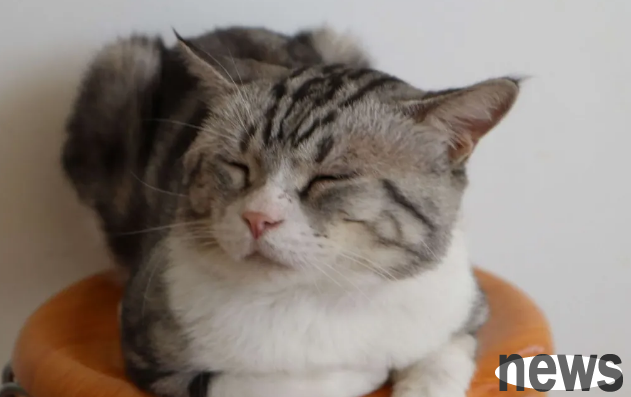
5. Excretion habits and urine characteristics
The excretion habits and urine characteristics of cats are also important indicators for evaluating their health. The following are some possible abnormalities:
Changes in bowel habits: constipation, diarrhea, or abnormal increase or decrease in bowel frequency, which may be related to digestive system problems or intestinal infections.
Changes in color and odor of urine: Tumor, abnormal odor or color change in urine may imply urinary tract infections, stones or kidney function problems.
Owners should pay attention to the cat's excretion habits and urine condition. If there are any abnormalities, they should seek medical treatment and conduct examinations in time.
6. Respiratory and Oral Health
Respiratory and oral health of cats are also important components of health assessment:
dyspnea or abnormal: shortness of breath, cough or wheezing, which may be related to respiratory infections, heart problems, or lung disease.
Oral odor or bad breath: Oral odor, bleeding gums, or tooth pain, may imply gingivitis, tartars, or dental infection.
Regularly checking your cat's breathing and oral health can help identify and treat potential health problems early.
7. Precautions and handling suggestions
When the cat is observed to have the above sub-health manifestations, the owner should take appropriate measures in a timely manner, including:
Regular physical examination: Take the cat to the veterinarian for a comprehensive physical examination regularly to detect and treat potential health problems early.
Rational diet and nutrition: Provide a balanced diet to ensure that cats get enough nutrition and moisture, and avoid raw or unsafe foods.
Environment and quality of life: Provide cats with a safe and comfortable living environment, reduce stress and anxiety factors, and ensure a good quality of life.
8. Common chronic diseases and health problems
In addition to some of the common sub-health manifestations mentioned above, cats may also suffer from chronic diseases or persistent health problems that may require long-term management and attention:
Obesity problems: Obesity not only affects the appearance of a cat, but also increases many health risks, such as the incidence of diabetes, arthritis and cardiovascular diseases.
Diabetes: Diabetes is relatively common in cats and is mainly manifested as disordered blood sugar control, requiring special dietary management and possible insulin treatment.
Kidney disease: Elderly cats are more likely to suffer from kidney problems, which often manifest as symptoms such as drinking, urinating, and weight loss. They require regular testing and special dietary management.
Hyperthyroidism: Hyperthyroidism may lead to an increase in cat metabolic rate, manifested as weight loss, excessive eating and increased activity, and requires timely drug treatment or surgical intervention.
Heart disease: including cardiomyopathy and pericardial effusion, which may cause breathing difficulties, physical strength and fainting, and require monitoring and medication to maintain cardiac function.
These chronic diseases and health problems often require lifelong management and medical intervention, and owners should be aware of their impact on the long-term health of the cat and work closely with the veterinarian to develop appropriate management plans..
Conclusion
Through the above detailed discussion of cat sub-health performance, we hope that it can help the owner better understand and identify possible health problems in cats. Timely observing and handling the cat's sub-health status can not only improve its quality of life, but also strengthen the emotional connection with its owner. Careful care and regular health monitoring will help ensure long-term health and happiness of cats.


